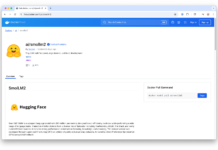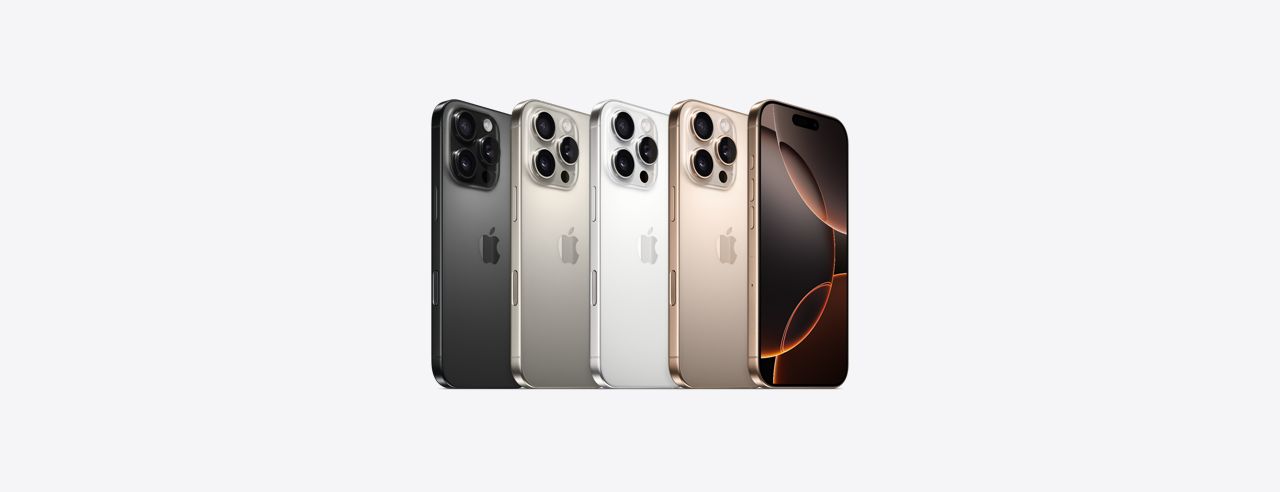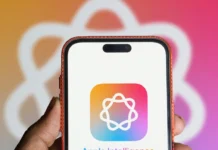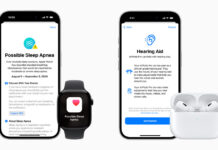The iPhone is known for its versatility and ability to integrate various apps seamlessly. One of the more advanced yet less-known capabilities of iPhones is using the Camera Control to open another app. With automation tools like Shortcuts, you can configure your iPhone to automatically open apps after taking a photo or using the camera.
This tutorial will walk you through the step-by-step process of setting up your iPhone to open an app using the Camera Control feature and the Shortcuts app.
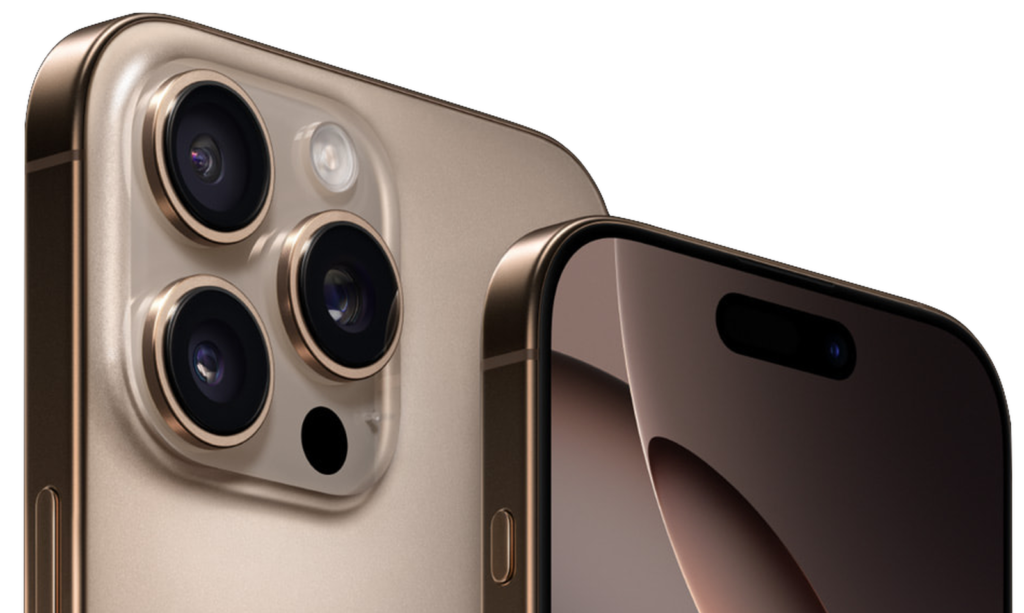
Step 1: Open the Shortcuts App
The Shortcuts app is a powerful tool built into iOS that allows users to automate tasks on their iPhones.
- Locate the Shortcuts App: Open the Shortcuts app by searching for it on your home screen or in the app library.
- Create New Shortcut: Tap on the + icon in the upper right-hand corner to create a new shortcut.
Step 2: Set Up the Camera Control Trigger
To make the Camera Control trigger another app, we need to set it up in the Shortcuts app.
- Add Action: In the new shortcut creation screen, tap on Add Action.
- Search for Camera Action: In the search bar, type Camera. Select the option that says Open Camera.
- Configure Camera: Choose which camera action (photo, video, or portrait) you want to trigger the shortcut.
Step 3: Automate Opening Another App
Next, configure the action that follows using the camera, which in this case is opening another app.
- Add Another Action: Tap the + button again after setting the camera action, and in the search bar, type Open App.
- Select the App: Tap Open App, then tap Choose to select which app you’d like to open after using the camera. For example, you can select apps like Photos, Instagram, or any other app that works well with your camera usage.
Step 4: Customize the Shortcut
Now that you have configured the actions, it’s time to fine-tune your shortcut:
- Name the Shortcut: Tap on the name field at the top of the screen to give your shortcut a meaningful name, like Camera to Instagram or Camera to Notes.
- Add to Home Screen (Optional): If you want quick access to this shortcut, tap Add to Home Screen to create an icon that you can tap anytime.
Step 5: Test Your Shortcut
Now it’s time to test if the automation works correctly.
- Run the Shortcut: Go back to the Shortcuts app home screen, find your newly created shortcut, and tap it. It should open the camera, and upon taking a photo, the selected app will launch.
- Check the Process: Make sure the process is smooth and that the camera action triggers the opening of the app you selected.
Step 6: Use “Back Tap” for a More Convenient Access (Optional)
For an even more seamless experience, you can link your new camera control shortcut to the Back Tap feature in iOS.
- Open Settings: Go to Settings > Accessibility > Touch.
- Back Tap: Scroll down to Back Tap, and select either Double Tap or Triple Tap.
- Assign Shortcut: In the Back Tap options, scroll down to the Shortcuts section and select the camera shortcut you created.
Now, whenever you double-tap or triple-tap the back of your iPhone, it will trigger the camera control and open your desired app.
Conclusion
Using Shortcuts to integrate Camera Control and app automation opens up new possibilities for efficiency and creativity with your iPhone. Whether you’re a professional photographer, a social media enthusiast, or someone looking to streamline their workflows, this feature can enhance your daily interactions with your device. By following the steps in this guide, you can set up your iPhone to open another app automatically using camera actions, adding a new level of personalization and functionality to your iOS experience.
Try it out today and see how it boosts your productivity!



















